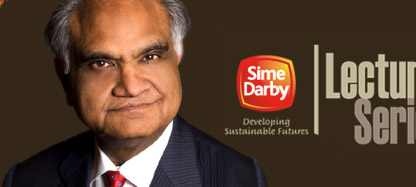Islamic banks are closer to the universal banking model
December 26, 2011 3 Comments
An Islamic bank is a deposit-taking banking institution whose scope of activities includes all currently known banking activities, excluding borrowing and lending on the basis of interest. On the liabilities side, it mobilizes funds on the basis of a Mudarabah or Wakalah (agent) contract. It can also accept demand deposits which are treated as interest-free loans from the clients to the bank. and which are guaranteed. On the assets side, it advances funds on a profit-and–loss sharing or a debt-creating basis, in accordance with the principles of the Sharīah. It plays the role of an investment manager for the owners of time deposits, usually called investment deposits. In addition, equity holding as well as commodity and asset trading constitute an integral part of Islamic banking operations. An Islamic bank shares its net earnings with its depositors in a way that depends on the size and date-to-maturity of each deposit. Depositors must be informed beforehand of the formula used for sharing the net earnings with the bank.
Following the above logic, many economists have given their preference to universal banking, because of its being more efficient. Commercial banks are not allowed to trade, except within the narrow limits of their own net worth. As we have noticed, many Islamic finance modes involve trading. The same rule cannot, therefore, be applied to Islamic banks. It may be possible for Islamic banks to establish trading companies that finance the credit purchase of commodities as well as assets. Those companies would buy commodities and assets and sell them back to their customers on the basis of deferred payment. However, this involves equity participation. We may, therefore, say that Islamic banks are closer to the universal banking model. They are allowed to provide finance through a multitude of modes including the taking of equity. Islamic banks would benefit from this by using a combination of shareholding and other Islamic modes of finance. Even when they use trade-based, debt creating modes, the financing is closely linked to real sector activities. Credit worthiness remains relevant but the crucial role is played by the productivity/profitability of the project financed.







Recent Comments